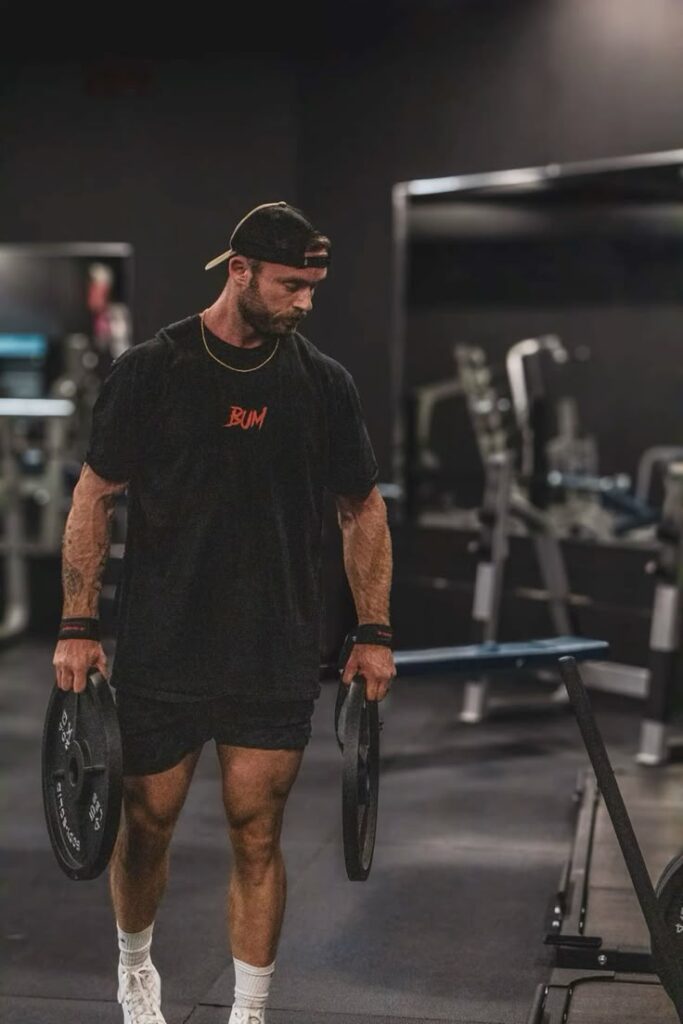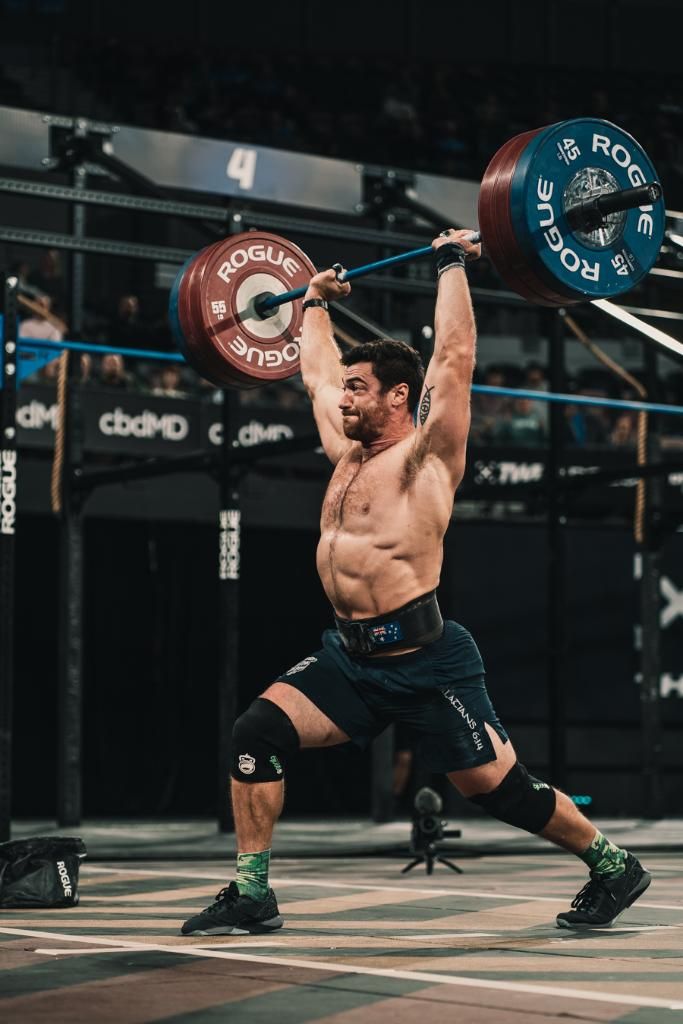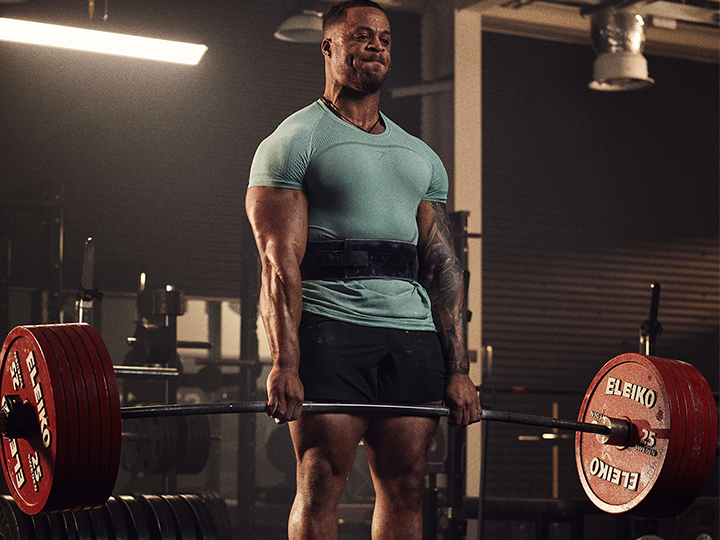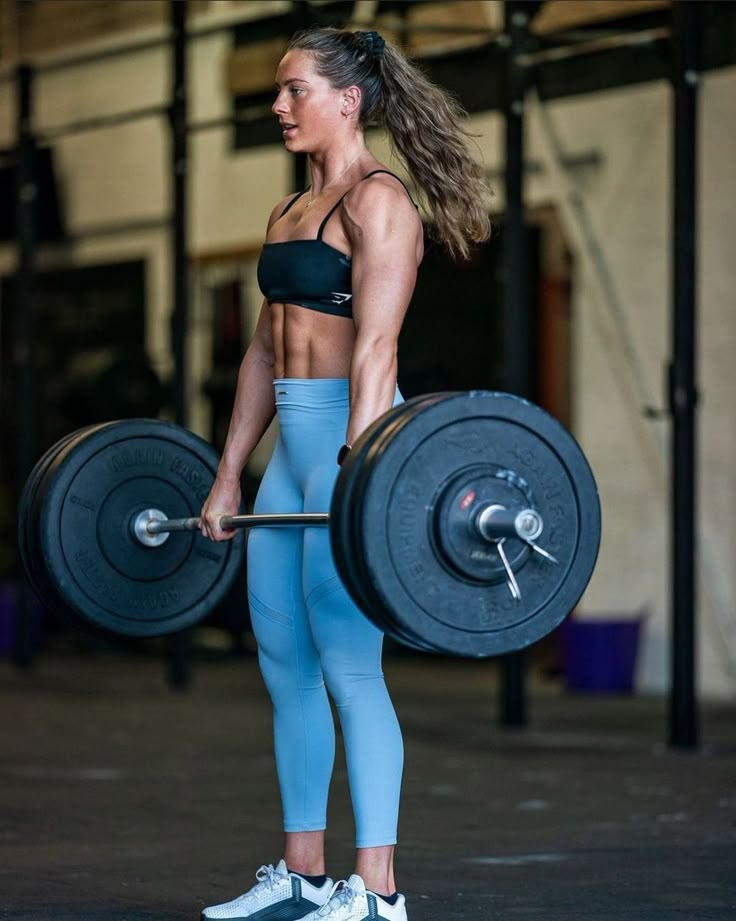Key Takeaways
- Both CrossFit and traditional weightlifting can build muscle, but they do it in different ways.
- Weightlifting focuses on strength and hypertrophy, while CrossFit emphasizes functional fitness and endurance.
- Your goal, experience, and lifestyle determine which is better for you.
- Combining elements of both can maximize results if done correctly.
- Recovery, nutrition, and consistency are key factors in muscle growth regardless of the training style.



Introduction
When it comes to building muscle, fitness enthusiasts often debate: CrossFit or traditional weightlifting?
CrossFit is known for its high-intensity workouts, varied movements, and combination of strength and cardio. Weightlifting, on the other hand, focuses on lifting heavy with proper technique to stimulate muscle growth.
In this guide, we’ll break down the differences, benefits, drawbacks, and help you decide which approach works best for your muscle-building goals in 2025.
CrossFit for Muscle Growth
CrossFit combines Olympic lifts, bodyweight exercises, and high-intensity circuits (WODs).
Pros:
- Full-body workouts → targets multiple muscle groups.
- High calorie burn → can reduce fat while maintaining muscle.
- Functional strength → improves mobility, endurance, and coordination.
- Community motivation → gyms foster a supportive environment.
Cons:
- Less hypertrophy-focused → not ideal for maximum muscle size.
- Risk of injury → high-intensity circuits can lead to poor form.
- Time under tension is often lower than in traditional weightlifting.
Pro Tip: If your goal is lean muscle with endurance, CrossFit is excellent. For maximum size, you may need supplemental hypertrophy-focused training.



Weightlifting for Muscle Growth
Traditional weightlifting includes compound lifts, isolation exercises, and progressive overload.
Pros:
- Targeted hypertrophy → can isolate specific muscles for growth.
- Progressive overload → gradually increases weight for strength and size.
- Controlled environment → lower risk of injury when performed correctly.
- Customizable splits → you can focus on specific muscle groups each session.
Cons:
- Less cardiovascular benefit → primarily builds strength, not endurance.
- Less variety → can become repetitive without structured programming.
- Motivation → working out alone may reduce consistency for some people.
Pro Tip: Weightlifting is ideal if your goal is maximum muscle size and strength, especially when combined with proper nutrition.
CrossFit vs Weightlifting: Key Differences
| Feature | CrossFit | Weightlifting |
|---|---|---|
| Focus | Functional fitness + endurance | Muscle hypertrophy + strength |
| Intensity | High, circuit-based | Moderate to high, lift-focused |
| Muscle Growth | Moderate | High |
| Cardio Benefit | High | Low |
| Recovery Needs | Higher due to intensity | Moderate |
| Community Aspect | Strong | Optional |



Which is Better for Building Muscle?
- If you want overall fitness, fat loss, and functional strength: CrossFit is a strong option.
- If your primary goal is hypertrophy and strength gains: Traditional weightlifting is more effective.
- Combination approach: Doing CrossFit 2–3 times per week and weightlifting 2–3 times per week can give balanced results.
2025 trend: Many gyms now offer hybrid programs that combine CrossFit conditioning with hypertrophy blocks, providing the best of both worlds.
Tips for Maximizing Muscle Growth
- Progressive Overload: Increase weights, reps, or intensity over time.
- Recovery: Sleep and rest days are essential for muscle repair.
- Nutrition: Focus on protein intake (1.6–2.2g/kg body weight) and balanced macros.
- Consistency: Whether CrossFit or weightlifting, regular training is critical.
- Form First: Proper technique reduces injuries and maximizes gains.



FAQs
1. Can CrossFit build muscle as effectively as weightlifting?
It can build lean muscle, but weightlifting is more efficient for maximum size.
2. How often should I train each type?
3–4 sessions per week for beginners; hybrid routines can alternate CrossFit and weightlifting.
3. Is one better for beginners?
Weightlifting may be safer for beginners due to controlled movements; CrossFit requires basic technique knowledge.
4. Can I combine both?
Yes! Many athletes use CrossFit for conditioning and weightlifting for hypertrophy, achieving balanced results.
Conclusion
Both CrossFit and traditional weightlifting offer unique advantages for muscle growth, but your choice depends on your goals, lifestyle, and preferences.
- CrossFit: Great for lean muscle, endurance, and functional fitness.
- Weightlifting: Best for building maximum muscle size and strength.
- Hybrid: Combines the benefits of both for well-rounded results.
Consistency, recovery, and nutrition will ultimately determine your results, no matter which path you choose.




